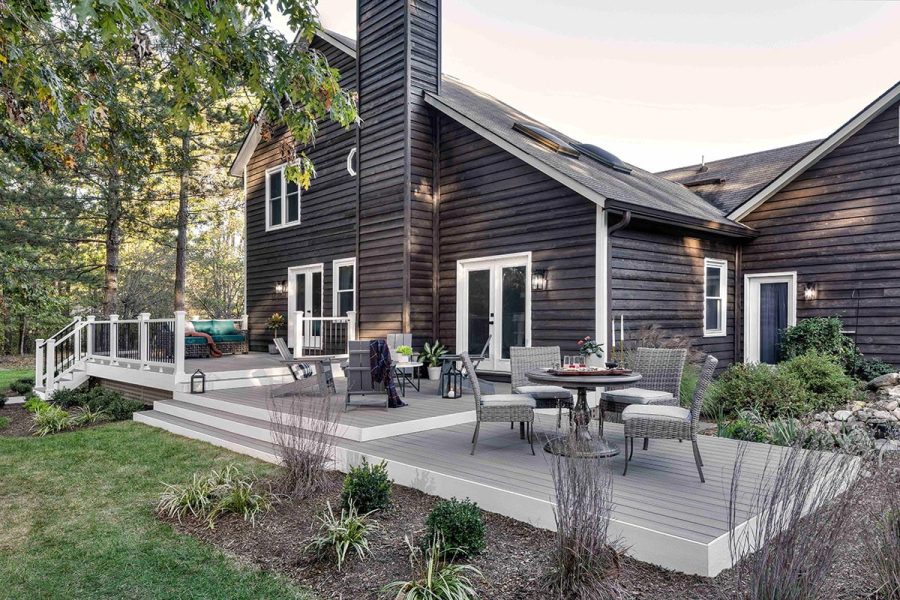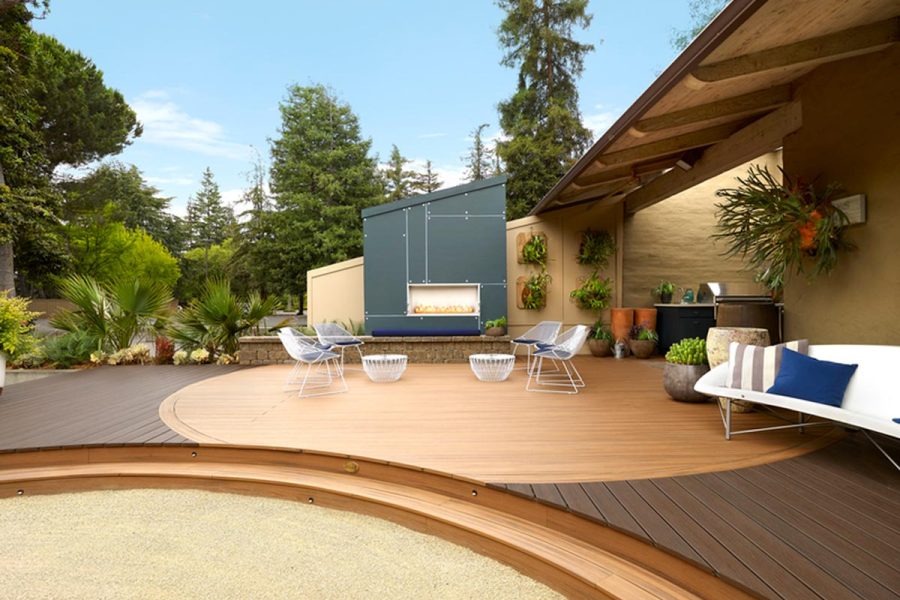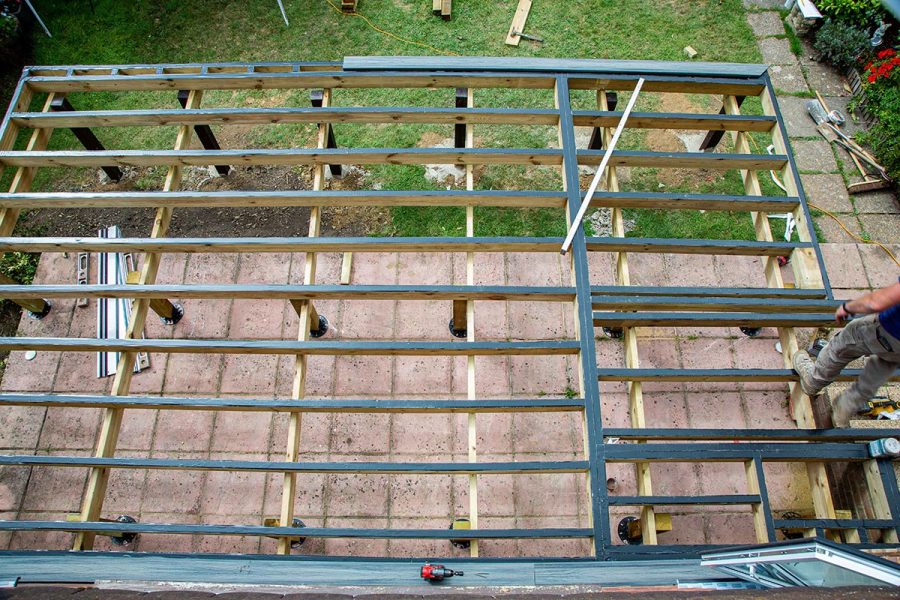Four Common Composite Decking Mistakes (And How to Avoid Them)

Composite decking from leading brands like Trex is an increasingly popular choice for transforming outdoor spaces thanks to the multitude of benefits it offers, from durability and minimal maintenance to sustainability and versatility.
While it can provide a fantastic alternative to traditional timber decking, it’s important for specifiers, landscapers and installers to be able to choose the right composite decking for the project, as well as understand the differences when it comes to installation. Here are some of the most common mistakes made during the selection and installation of composite decking, and tips on how to avoid them.
Compromising on quality
While choosing cheaper composite decking brands can be tempting, especially when clients are wanting to upgrade their outdoor space with low budgets, this could cause issues in the future.
As the demand for composite decking continues to grow, the market is receiving an influx of new products – including those designed to appeal to smaller budgets. However, it’s important to note that with this lower price point may come issues relating to quality, so understanding composite decking profiles is key. Trex offers solid and capped boards, which are the ‘gold standard’ of composite decking as they provide the highest level of structural integrity as well as protection against fading, staining and other damage. Scalloping and capped boards like the Trex Enhance range can offer a cost-effective alternative, but it’s important to avoid hollowcore and uncapped boards, which are subject to significant damage.
Investing in Trex composite decking also offers greater value for money in the long term, thanks to an industry-leading warranty of up to 50 years even with minimal maintenance required.

Not planning ahead
Once the type of composite decking has been agreed, forward-planning is an essential next step – and not doing so can cause issues further down the line that could have easily been avoided. As well as envisioning the overall effect of the deck, it’s important to consider the smaller details, such as the location of built-in lighting and the fixings required for this, ahead of time to avoid any delays.
It’s also recommended to mix and match all Trex boards on site prior to installation, as these comprise varying shades for the effect of a natural finish. This ensures the completed deck features an appealing mix of light and dark tones, for the best possible overall effect.
Using incorrect gapping
Some Trex decking boards are capped on three sides rather than all four. This allows the boards to ‘breathe’, meaning that they will expand and contract slightly depending on the weather conditions and temperature. While this offers a number of benefits, it’s important for installers to use the correct gapping in order to prevent air circulating freely around the boards.
Trex requires a width-to-width gapping of 5-13mm, end-to-end gapping of 3.5mm, and 6-13mm gapping when the deck butts on to a solid object such as a house wall.

Not joining boards correctly
Avoid joining two boards in a line with a single joint. This must always be done using a double joist, set at the recommended gapping amount – for Trex deck boards, this is 3-5mm. It’s also important to use one fixing on either side of the board, as opposed to bridging the cap with a universal fixing.
However big or small the project may be, avoiding these common decking mistakes can have a huge impact on the overall success of a project.






